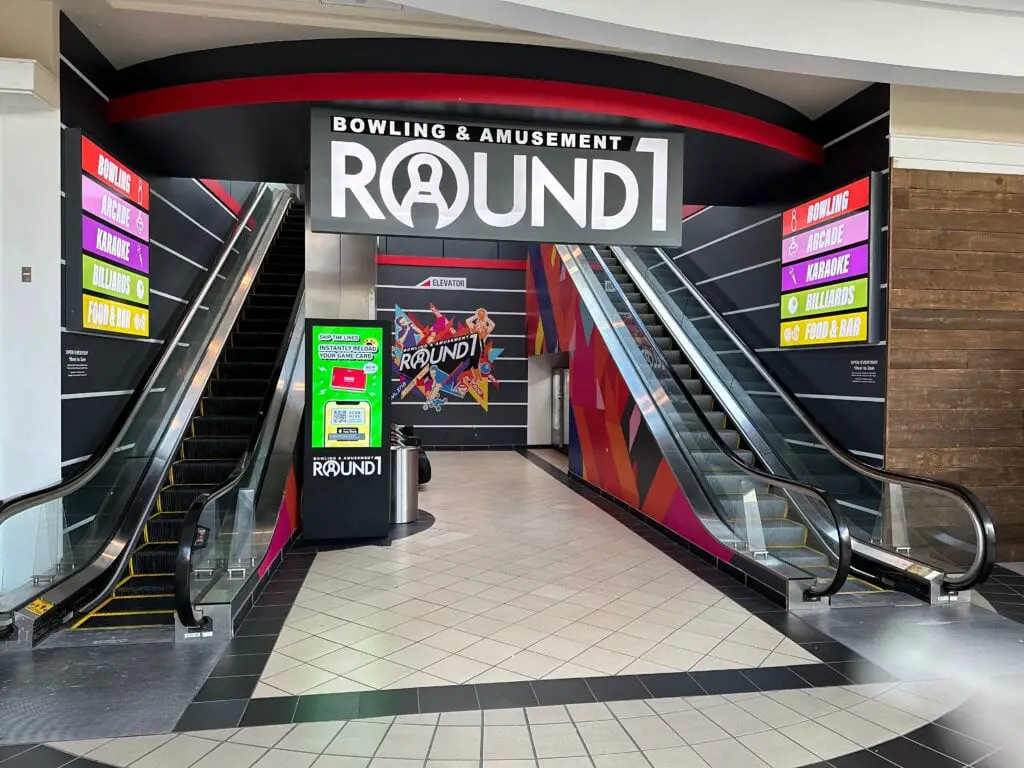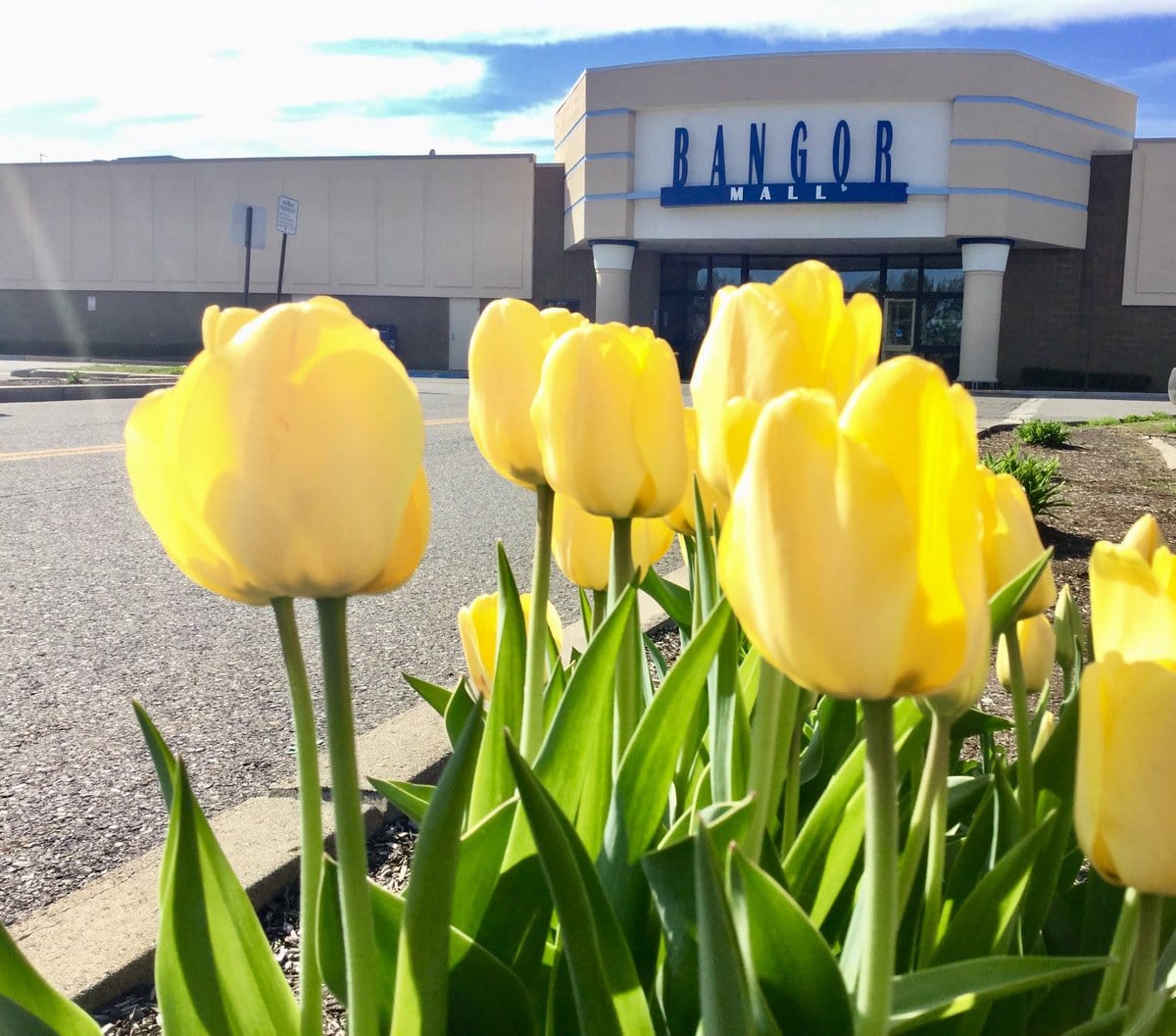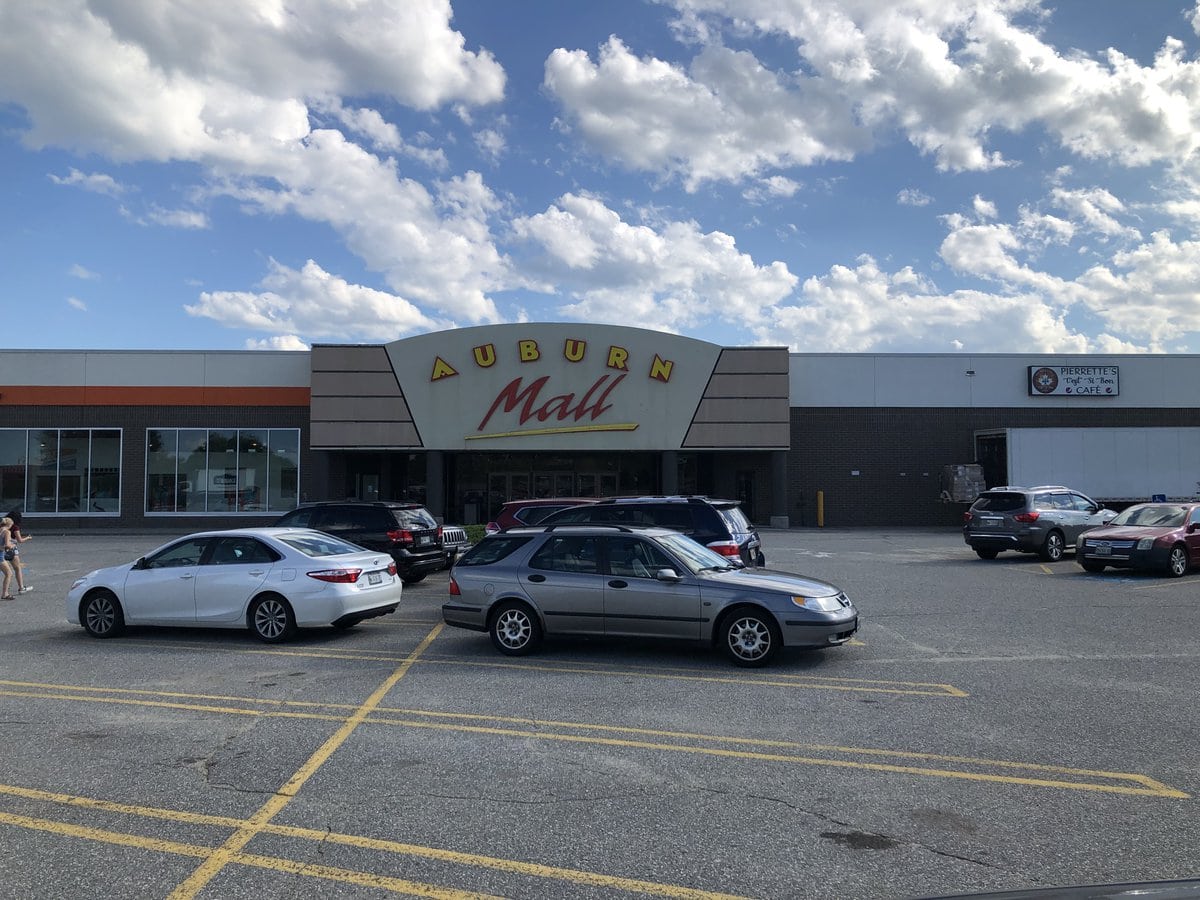The Heart of Maine's Retail Scene
The Maine Mall, located in South Portland, Maine, has been the cornerstone of the state's retail landscape since its doors opened in 1971. As Maine's largest shopping center, it has long served as a regional hub, attracting visitors from nearby cities and beyond.
Conveniently positioned near the Maine Turnpike and Interstate 295, the mall provides easy access for shoppers throughout the area. Over the years, it has evolved with the changing retail environment, making it a crucial part of things to do in Portland, Maine.
Owned and managed by Brookfield Properties, The Maine Mall spans a vast area, originally built on former farmland. Early tenants like Jordan Marsh and Sears, which opened in 1969 and 1971, respectively, played a huge role in drawing crowds.
These iconic department stores helped establish the mall as the go-to spot for everything from fashion to home goods, paving the way for numerous expansions and updates.
Today, despite the challenges posed by online shopping, The Maine Mall remains central to Maine's commercial scene. It continues to house over 130 stores, including long-time staples like Macy's and newer attractions like Round One Entertainment.
While many malls have faced struggles, The Maine Mall's adaptability and prime location ensure its continued importance as a hub for both locals and visitors alike.
A Look Back: The Early Years and Expansion Boom
The story of The Maine Mall began to unfold in the late 1960s when Jordan Marsh opened its freestanding store in 1969, marking the chain's first venture into Maine.
Just a couple of years later, in 1971, the mall officially launched as an enclosed shopping center, featuring Sears as one of its earliest anchor stores.
The initial mall layout included a wide range of specialty stores that quickly became local favorites, like F.W. Woolworth, Zales Jewelers, and RadioShack. By the early 1970s, The Maine Mall had already positioned itself as a key player in the region's retail market.
The mall experienced a major turning point in 1983 when it doubled in size during a large-scale expansion. This brought in notable new anchors such as JCPenney and Maine's first Filene's department store, significantly increasing foot traffic.
Alongside these anchors, stores like American Eagle, Gap, and Orange Julius opened, broadening the mall's appeal to a younger crowd.
Throughout the 1990s, the mall continued to grow, both in terms of physical space and its roster of retailers. A renovation in 1994 introduced a new food court, arcade, and fresh retail concepts like The Disney Store and Warner Bros. Studio Store.
These additions brought families and entertainment-seekers to the mall, further enhancing its role as a community hub.
By the end of the decade, popular chains like Borders Books, Lechmere, and Best Buy had also found their place within the mall, cementing its reputation as a one-stop shop for everything from books to electronics.

The Challenges of the 21st Century: Adaptation and Decline
The new millennium brought both opportunities and challenges for The Maine Mall. Some stores struggled to stay afloat, with closures beginning to reshape the mall's landscape.
In 2006, Filene's closed after being acquired by Macy's, leaving a noticeable gap. Sears, one of the mall's original anchors, also announced its closure in 2020, reflecting the broader decline of traditional department stores.
However, The Maine Mall adapted by introducing new attractions aimed at keeping the space vibrant and relevant. In 2018, Round One Entertainment opened in the space formerly occupied by Sports Authority, offering bowling, arcade games, and karaoke.
This shift toward entertainment-focused spaces highlighted the mall's strategy to diversify beyond retail. In 2020, Jordan's Furniture moved into the vacant Filene's space, adding a new dimension with its unique furniture displays and a large indoor ropes course.
Despite these efforts, some challenges persisted. The closure of Forever 21 in 2020 left another anchor store vacant, and several smaller retailers followed suit as foot traffic fluctuated.
Nevertheless, the mall continued to attract new tenants, such as Miniso (in 2023), a Chinese lifestyle brand known for its affordable, trendy products. BoxLunch, which offers pop culture-inspired apparel and accessories, also opened in November 2023.
These new tenants highlight the mall's ongoing efforts to stay relevant to modern shoppers despite the broader challenges faced by brick-and-mortar retail.
However, Starbucks closed its store in 2024. JCPenney, one of the mall's long-standing anchors, was recently flagged for possible closure in 2024 as part of the chain's national downsizing effort.
In addition, The Maine Mall faced a legal challenge in 2023. Mission Working Dogs, a service animal training organization, filed a lawsuit after the mall allegedly asked its dog handlers to leave during a visit.
The lawsuit sparked a debate over service animal rights, as Maine law permits service animals in all public accommodations.

A Vision for the Future: The Maine Mall Transit-Oriented Development
As retail continues to evolve, so does The Maine Mall's role in the community. A bold plan, the Maine Mall Transit Oriented District Concept Plan, aims to transform this traditional shopping center into a mixed-use, community-focused space.
Unveiled in 2020, this redevelopment proposal centers on converting the vast, underutilized parking lots around the mall into areas for housing, parks, and public amenities. The idea is to make the mall not just a place for shopping but also for living, working, and recreation.
The plan, which was awarded the 2020 Plan of the Year by the Northern New England Chapter of the American Planning Association, envisions creating a more sustainable and accessible environment around the mall.
It proposes replacing expansive surface parking with garages with green spaces on their rooftops. These green spaces could include parks and gathering spots, offering a more attractive and eco-friendly alternative to traditional parking.
The concept also calls for a hotel and convention center, which would further enhance the area's appeal as a hub for both locals and visitors.
One of the plan's core goals is to promote transit-oriented development, making it easier for people to access the mall without relying heavily on cars.
The Greater Portland Metro and other local bus services already make regular stops at the mall, but this project aims to improve public transportation options even further.




Adding housing and parks will help the mall?
I think adding housing and parks could bring more life to the mall area.